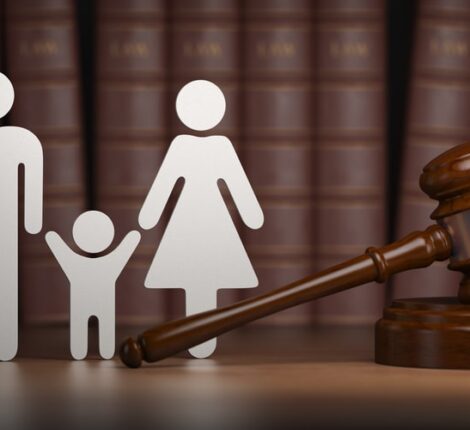Getting To Yes By Not Going To Court
A business may encounter all kinds of disputes with customers, suppliers, contractors, government, and insurers. Most aren’t worth fighting over or can be resolved with open communications and give and take between the parties. Letting it slide may not be an option if it’s a serious issue involving substantial amounts of money.
Getting a business partnership lawyer involved early in a disagreement that may become a crisis is a good idea. The attorney may see things differently than you do, provide critical insight, and help you map out strategies to help put this behind you at the least cost in time, money, and energy.
Dispute resolution is a means to end a disagreement. It can be litigation, arbitration, negotiation, or mediation. It could be one party deciding the issue isn’t worth the hassle and will give the other party what they want.
What Is Mediation?
It’s known as an alternate dispute resolution because it’s a way to solve the conflict without having a judge or jury decide it after a trial. It can be mandated by state law after a legal action is filed and is usually tried if negotiations reach an impasse.
Mediation involves the parties meeting with a neutral person (the mediator) to help them to resolve their disagreement. Mediators can’t force the parties to agree to a solution, though a mediator may suggest one. Anything discussed during a mediation can’t be used in litigation if an agreement isn’t reached. Mediators may be retired judges or attorneys in active practice or who are retired.
How Does Mediation Work?
After the parties agree to mediation, they meet, and the parties and attorneys introduce themselves, and the work begins according to our friends at Focus Law LA:
- Each party can make an opening statement, outline their perspective on the issues, and express their concerns and desired outcomes. The mediator may ask questions so each side understands the other’s perspective
- The mediator facilitates a structured discussion between the parties, allowing them to communicate directly. The mediator helps to keep the conversation focused on identifying underlying interests, exploring potential solutions, and introducing options for resolution
- At various points during the process, the mediator may speak with each party and their attorney separately. The mediator may explore confidential information, test proposals, and help parties evaluate alternatives. The mediator may also shuttle between the parties to communicate offers and counteroffers
- The parties negotiate and problem-solve with the mediator’s help to explore potential solutions. The mediator may use various mediation techniques, like reframing issues, brainstorming, or helping parties prioritize their interests. The mediator may try to build trust between the parties by resolving lesser issues, creating momentum toward solving the major ones
- If the parties reach an agreement, the mediator helps them document its terms. It may be informal or formal, depending on the dispute and the parties’ preferences
- After an agreement is reached and documented, the mediator may review its terms with the parties to ensure it’s complete and understood by both sides. The parties may sign the agreement (or a memorandum of understanding), showing they’re committed to abide by its terms. The mediation process concludes, and the parties can begin implementing the agreed-upon solutions
Even if mediation is unsuccessful, it may lead to an agreement later on by narrowing the areas of disagreement, allowing the parties to focus their negotiations on the final issues blocking a resolution.
Contact a lawyer near you for help with mediation.




